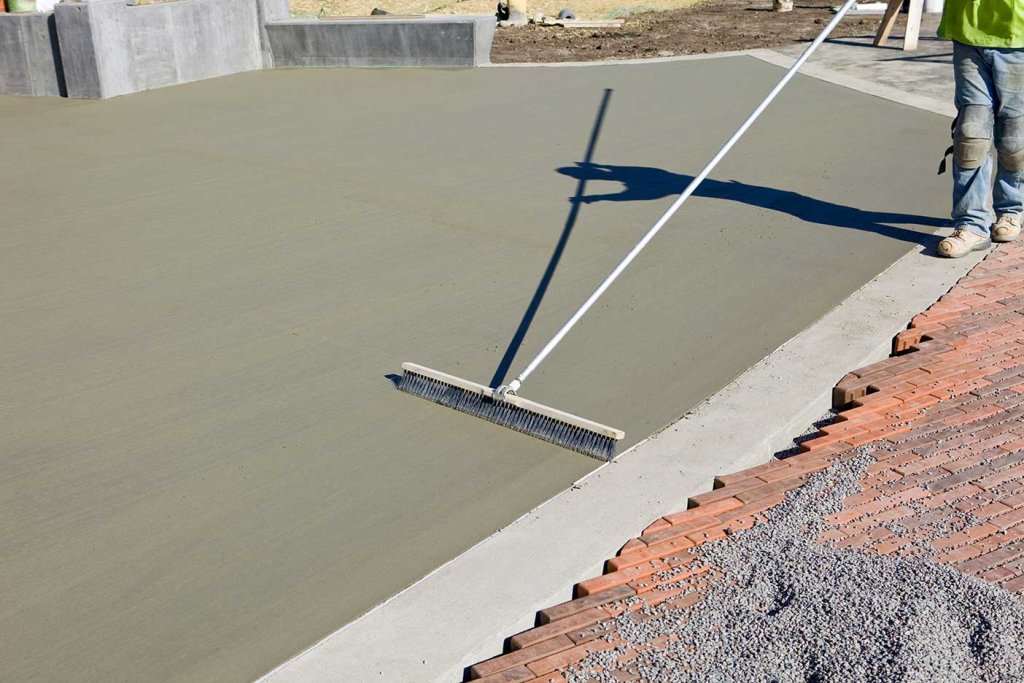Concrete is a flexible building material used in sidewalks, driveways, and countless construction projects. But have you ever thought how long you should wait before putting weight on freshly poured concrete? Concrete is a strong building material for roads, buildings, and sidewalks.
We’ll see some important factors that determine the waiting time for concrete curing. We’ll learn what curing means. Concrete is a building material; it needs time to become even stronger once it’s poured. This process is called curing, and it’s necessary to prevent cracks and weakness.
Let’s learn how to give your concrete the time it needs to become a strong foundation for your dreams.
What is Curing?
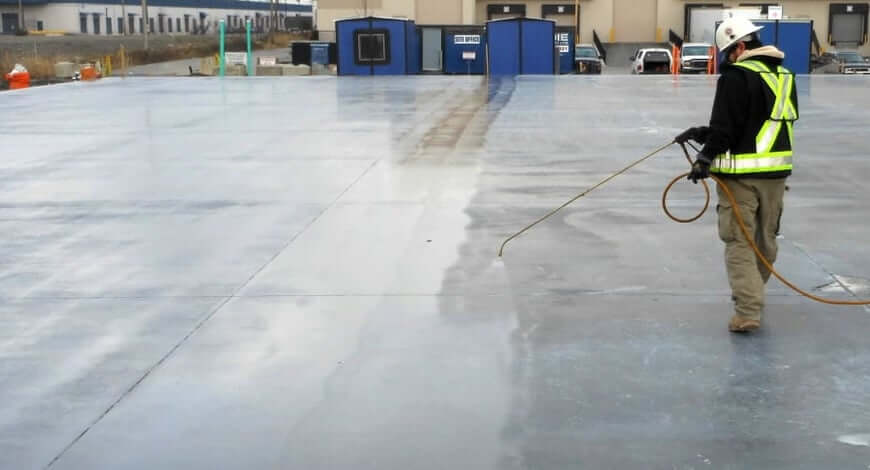
Curing concrete is strong and durable. It’s important because it makes sure the concrete gets as tough as it can. To do this, we must ensure it stays at the right temperature, stays a bit wet, and takes enough time to get hard. The curing process begins right after we pour the concrete, and we must keep it going for a certain time. This helps stop it from drying out too fast. When we cure concrete, it does a few good things. It stops cracks from forming, makes the concrete better at resisting wear and tear, and works well overall. This is because curing lets the concrete soak up water and get stronger bit by bit. Suppose we don’t cure it properly. The concrete can end up with problems like rough surfaces, not being as strong, and not lasting as long.
How Much Time Does Concrete Need to Harden Fully?
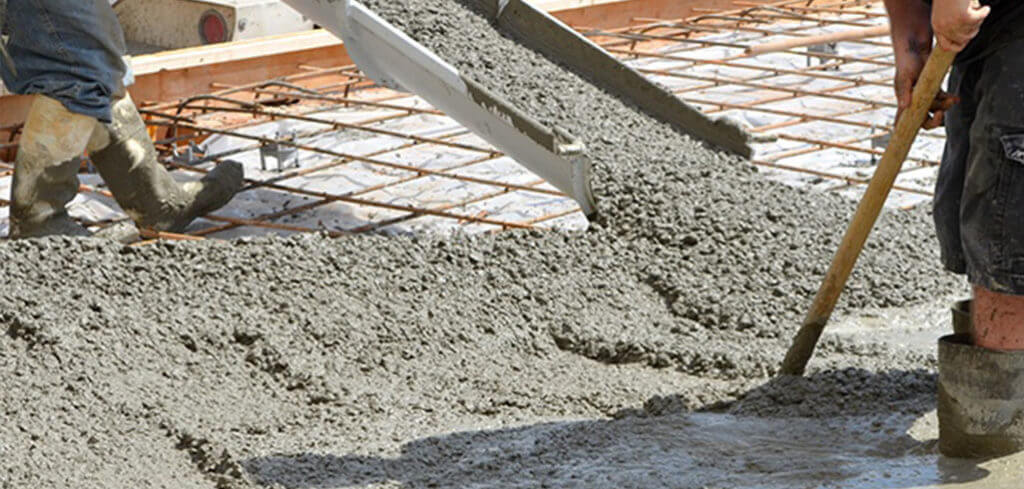
The time it takes for concrete to harden fully can vary and is based on a few things. Generally, concrete keeps getting stronger for quite a while, usually up to about 28 days. During this time, it goes through different stages of getting stronger. Initially, it gets strong pretty quickly, and then it gets stronger more slowly as time passes. It’s good to know that concrete gets much of its strength in the first week, which is often enough for things such as walking on a sidewalk or driving on a driveway. But for really important structures like tall buildings or bridges, it might need even more time to get strong enough to handle heavy things.
Factors that Affect How Long Concrete Takes to Cure
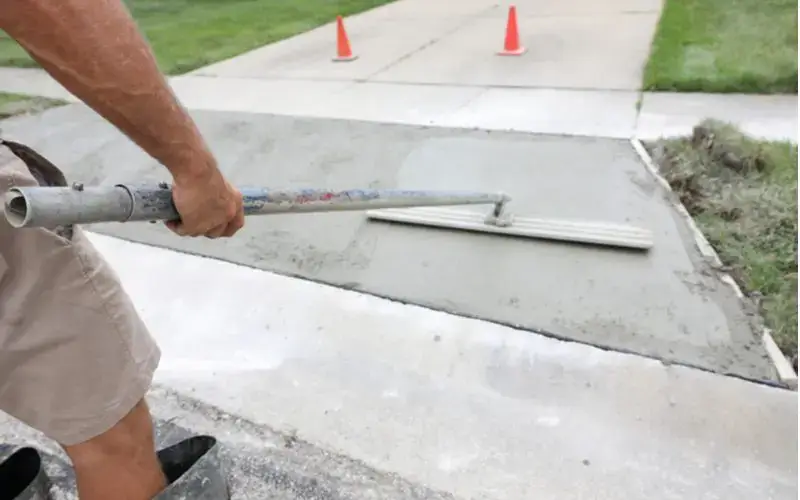
Several factors influence the time it takes for concrete to cure completely.
1. Concrete Mix Design: How we put together the concrete mix, such as how much cement, rocks, and water we use, can affect how long it takes for the concrete to harden. If we use more cement in the mix, it usually dries faster.
2. Environmental Conditions: Temperature and humidity are important factors in curing. When it’s warmer, things cure faster, but in cold weather, it takes longer. Keeping the right conditions during curing is really important.
3. Size and Thickness: Concrete in thicker sections, such as the ones used in building structures, needs more time to harden than thinner sections like roads. When you have a lot of concrete in one place, it produces more heat inside, slowing down the curing process.
4. Admixtures: Certain substances, called concrete additives, can change how fast or slow concrete hardens. Accelerators make it harden faster, while retarders make it take longer to harden.
The Importance of Curing Concrete
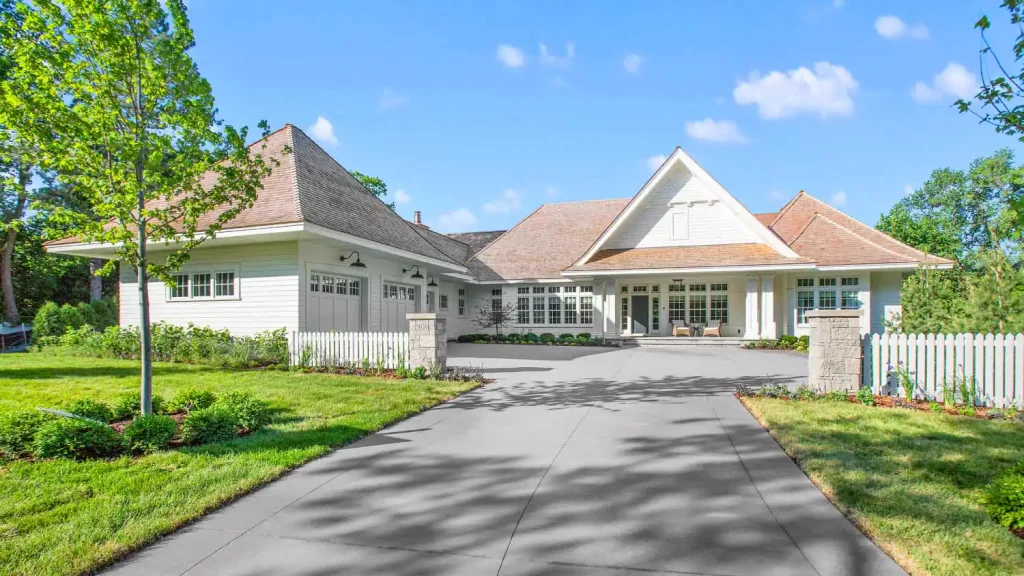
Properly curing concrete is an essential but sometimes forgotten part of construction. When we let the concrete cure correctly, it can avoid issues such as cracks, scaling, and other damage that can happen later. In addition to curing, implementing effective methods for concrete cleaning can prolong the lifespan and beauty of your surfaces, emphasizing the importance of sustainable practices in building strength and durability. If we don’t cure it well, concrete can become weak, full of small holes, and easily damaged by freezing or exposure to chemicals.
How to Cure Concrete
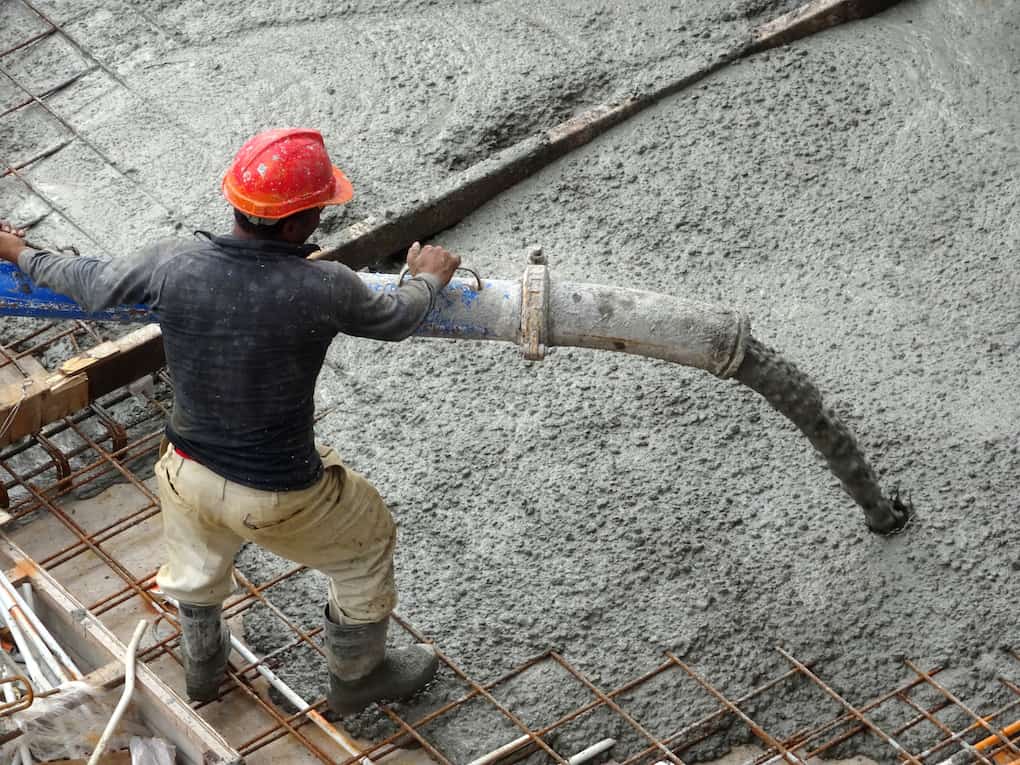
Curing concrete is a relatively simple but crucial process. There are several methods commonly used.
1. Water Curing
Water curing is a widespread technique for concrete. It means keeping the concrete surface wet for a while, usually seven days or longer. You can do this by spraying water on it, covering it with a wet cloth, or using special curing chemicals.
2. Plastic Sheeting
Using plastic sheeting to cover the concrete is a helpful way to keep it moist and prevent it from drying too fast, which is particularly beneficial in hot and dry weather.
3. Curing Compounds
Curing compounds are special liquids you can spray or paint on concrete. They create a protective layer to stop the concrete from losing moisture. To do it right, follow the manufacturer’s instructions about how to apply it and how long it should stay on.
4. Ponding
Ponding is a method of building small barriers around the concrete and then filling that area with water. It works well for smaller concrete surfaces and helps keep them moist.
Conclusion
Giving concrete enough time to cure is very important. Different types of concrete might need more time. If it’s a big, strong project like a driveway or a big building, waiting for 28 days is a good idea.
Suppose you don’t wait long enough. The concrete might not be strong enough to handle the weight, and it could crack or break. Also, make sure to protect the curing concrete. Cover it up with wet burlap or plastic to keep it from drying out too fast.
So, be patient and wait for your concrete to cure properly. It will save you trouble in the long run and make your project strong and tough!

